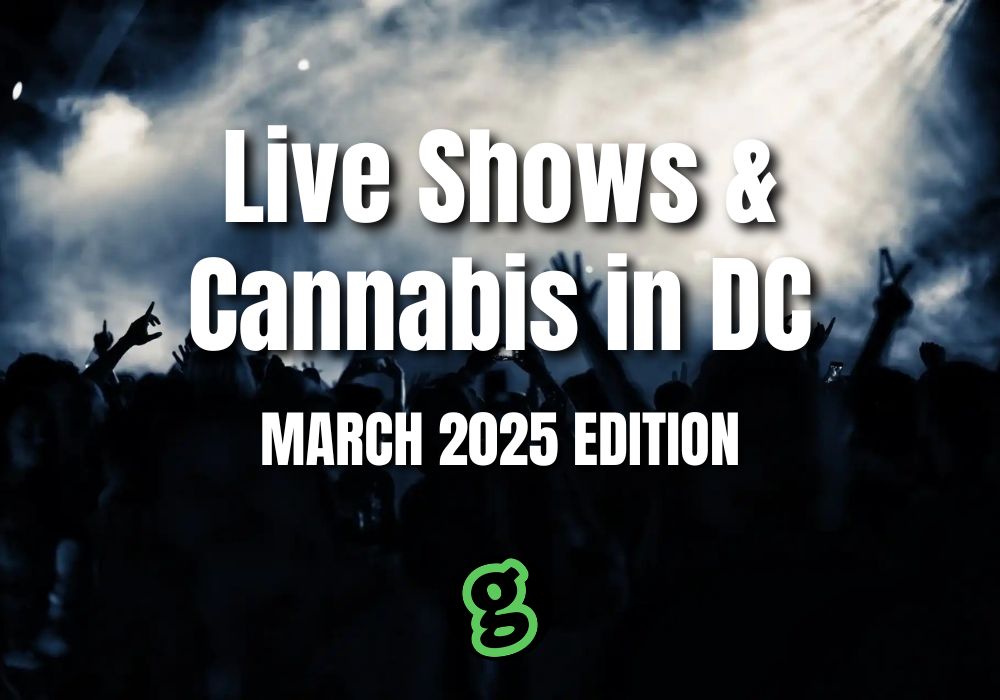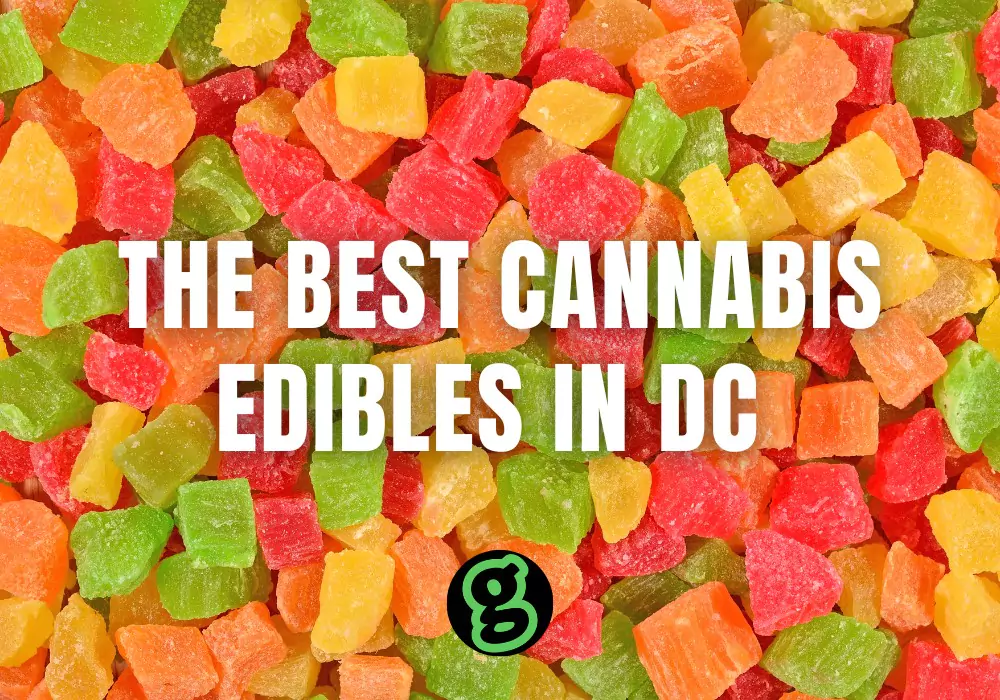Let’s dive into the world of CBD and THC – the dynamic duo in the cannabis scene. We will be touching on the chemical makeup, the highs (or lack of them), the legality, the health perks, the regulations and standards, and what’s popular amongst the different strains.
The Chemical Dance: CBD vs. THC
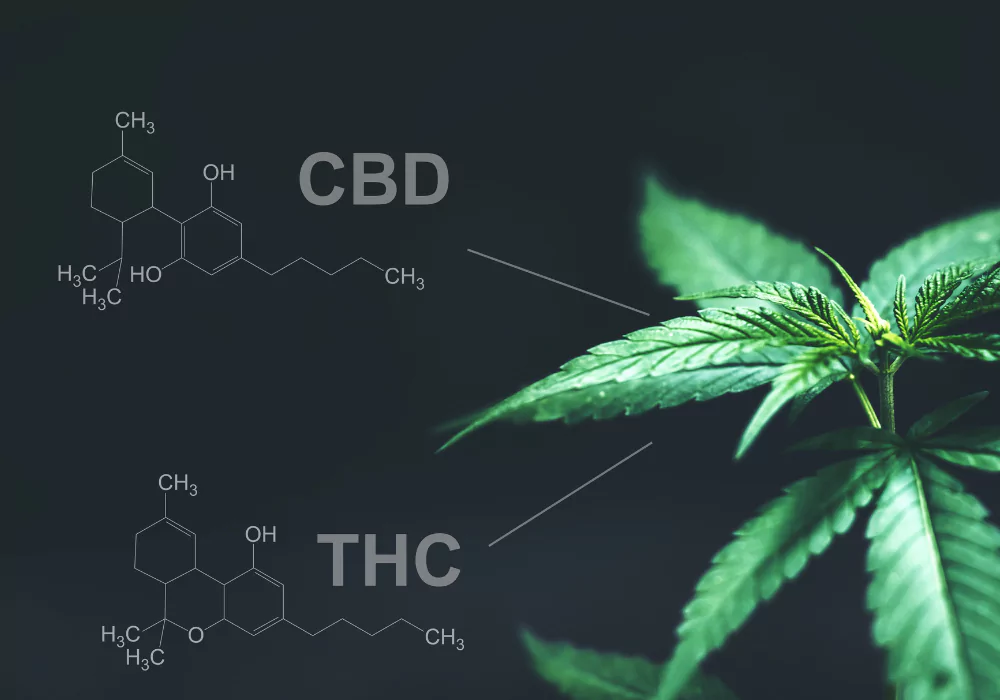
To start off, let’s get down to the nitty-gritty details of CBD (Cannabidiol) and THC (Tetrahydrocannabinol).
Picture CBD as the laid-back friend in the cannabis crew. Its chemical structure is like a molecular masterpiece. It’s got a pentyl ring (that’s a fancy term for a five-carbon ring) with a hydroxyl group hanging out. This hydroxyl group helps CBD do its magic without causing any trippy side effects. CBD is like the calming maestro of the cannabis orchestra, influencing our body’s endocannabinoid system in a way that’s chill without the buzz.
Now, meet THC. Its chemical structure is similar to CBD, but there’s a twist. There’s this cool thing called a dibenzopyran ring in THC, and it’s like the key that unlocks the psychoactive party. This ring, along with an ether group, makes THC the rebel that binds with our brain’s CB1 receptors, giving us that famous cannabis-induced high.
Despite their different vibes, CBD and THC are siblings in the cannabis family. They both have 21 carbon atoms, 30 hydrogen atoms, and 2 oxygen atoms, but it’s the arrangement and little details that make them different.
Psychedelic effects of CBD and THC:
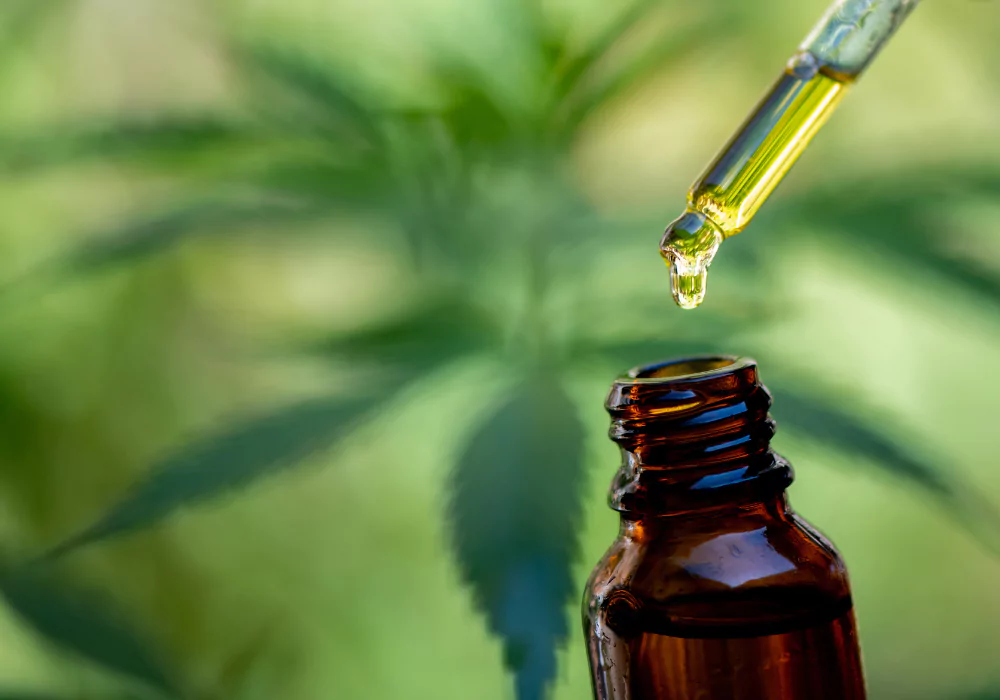
When it comes to the high, CBD and THC are on opposite ends of the spectrum.
Imagine CBD as a zen master. It’s got its own magic, but it doesn’t mess with your head. CBD is the buddy that hangs out with your endocannabinoid system, spreading good vibes without the psychoactive effects. No highs, just a soothing, calming influence.
Now, with THC, it’s all about the high. It goes straight for the CB1 receptors, and then you’re on Cloud Nine. The euphoria, the giggles, the altered reality.
Now, let’s talk doses. With CBD, you can take higher doses without worrying about losing your sense of reality. With THC, the higher the dose, the more euphoric the experience is.
Navigating the Legal Landscape:
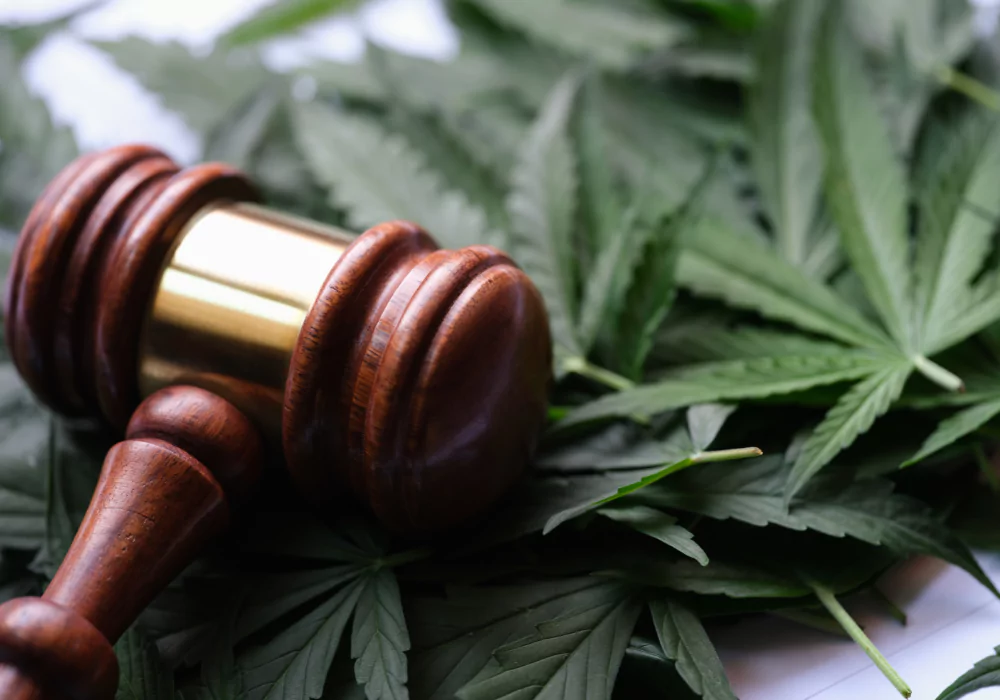
Understanding the legal status of CBD (Cannabidiol) and THC (Tetrahydrocannabinol) can feel a bit like decoding a patchwork quilt. Let’s break it down together.
CBD has seen a more widespread acceptance in recent times, with many countries and regions legalizing its use to some extent. One of the key factors working in CBD’s favor is its non-psychoactive nature. In the US, CBD products are legal if they contain less than 0.3%.
Now, let’s talk about THC. The legal status of THC is often more restrictive due to its psychoactive properties. THC faces a patchwork of regulations, with some states allowing recreational use, but quantities are typically restricted. For instance, in California, adults aged 21 and over can possess up to 28.5 grams of cannabis flower and 8 grams of concentrated cannabis. Always check your local laws.
CBD derived from hemp usually has lower THC levels, making it more widely accepted. Hemp-derived CBD products are typically legally available in various forms, from oils to edibles. However, if CBD is sourced from marijuana, which tends to have higher THC levels, the legality varies.
Checking the product’s label is crucial. Reputable manufacturers provide information about THC content, helping consumers stay within legal limits. Staying informed is your best ally. Check local regulations, keep an eye on evolving laws, and remember that the legal status of CBD and THC can be as dynamic as the plants they come from.
Healing powers: CBD vs. THC

Let’s talk about the amazing healing powers of CBD and THC. Spoiler alert: they’re both wearing capes, just in slightly different styles.
CBD’s like the zen master. It doesn’t do the whole psychoactive dance, but it sure knows how to kick stress and anxiety to the curb. People are also talking about CBD for its potential to tackle pain, inflammation, and even help with insomnia. Now, THC – this one’s a bit of a wild card. Sure, its psychoactive element is well-renowned, but it also has some serious medicinal benefits. Got chronic pain? THC might be an option to try. THC’s been known to give it the ol’ one-two punch. So, whether you’re team CBD, team THC, understanding their medicinal powers is useful.
Side effects of CBD and THC:
Alright, let’s talk about the side effects. When it comes to side effects of CBD, most people tolerate it like a breeze – a bit of dry mouth, maybe some drowsiness if you’re pushing the dosage. But no trips and munchies. Now, THC is the one that can bring a bit more excitement to the table. THC’s side effects can include the classic dry mouth, red eyes, and the notorious munchies.
The thing with both CBD and THC is that there is a sweet spot for both – not too much, not too little. THC, in particular, is known for being dose-sensitive. Regardless, knowing the potential side effects for both is important.
The Regulatory Rollercoaster in Washington DC:
CBD has found a bit of a haven in Washington, DC. The Farm Bill of 2018 declassified hemp-derived CBD as a Schedule I substance. Translation? If your CBD is playing nice with hemp and keeps the THC levels below 0.3%, it’s waving the legal flag in the nation’s capital. But here’s the catch – just because it’s legal on the federal level doesn’t mean DC has fully allowed it.
Now, THC, is a bit of a different story. While medical cannabis is legal in Washington, DC, recreational use is a tricky path to navigate. Residents can possess small amounts of cannabis for personal use, but the sale of recreational cannabis remains a no-go.
Dispensaries like Giving Tree DC are a bit like the elusive golden ticket. The legal age for cannabis is 21. Dispensaries check IDs to keep things above board.
DC’s relationship with cannabis is also influenced by its federal ties. Federal laws still cast a long shadow. It’s a bit like a tug of war between state and federal policies. So, to summarize, CBD is playing a safer legal game, but it’s not a free-for-all. THC, the wild child, is dancing to a medical tune with a side note of caution for recreational users.
A Tale of Popularity and Trendy Highs: CBD vs. THC
CBD has become the rockstar of the holistic health movement, promoting relaxation without the psychedelic acrobatics. From extracts to edibles, CBD products are available everywhere, providing stress, insomnia, and anxiety related benefits.
On the flip side, THC, has been in the limelight for different reasons. It’s the one responsible for the giggles, the munchies, and the famous cannabis-induced euphoria.
But here’s where it gets interesting with the conbination of the two. The idea is that the two cannabinoids work better together, creating a synergistic blend that delivers the benefits of both without going overboard on the high.
CBD has also infiltrated the culinary world. From CBD-infused lattes to gummy bears, It’s not just about the oil droplets anymore. THC, on the other hand, has cultivated a culture of strain snobbery. Enthusiasts are diving into the world of craft cannabis, exploring strains like they’re fine wines. It’s not just about getting high; it’s about the nuanced flavors, aromas, and effects that each strain brings to the table.
Whether you’re team CBD, team THC, or rocking the combo, the trends in the cannabis realm are evolving, and it’s a green journey worth exploring.

